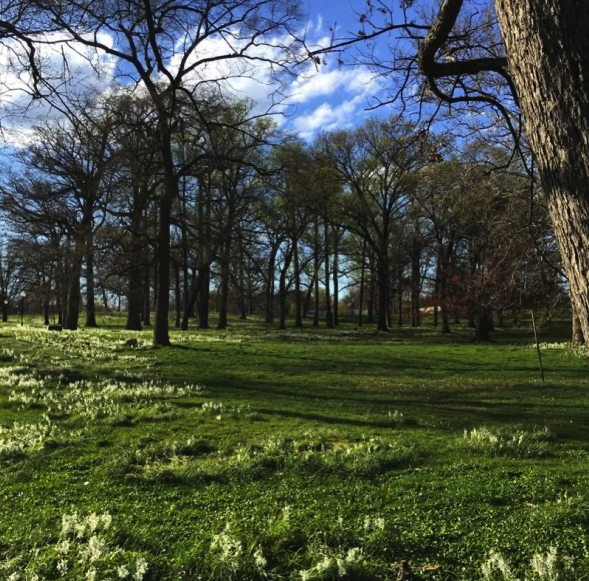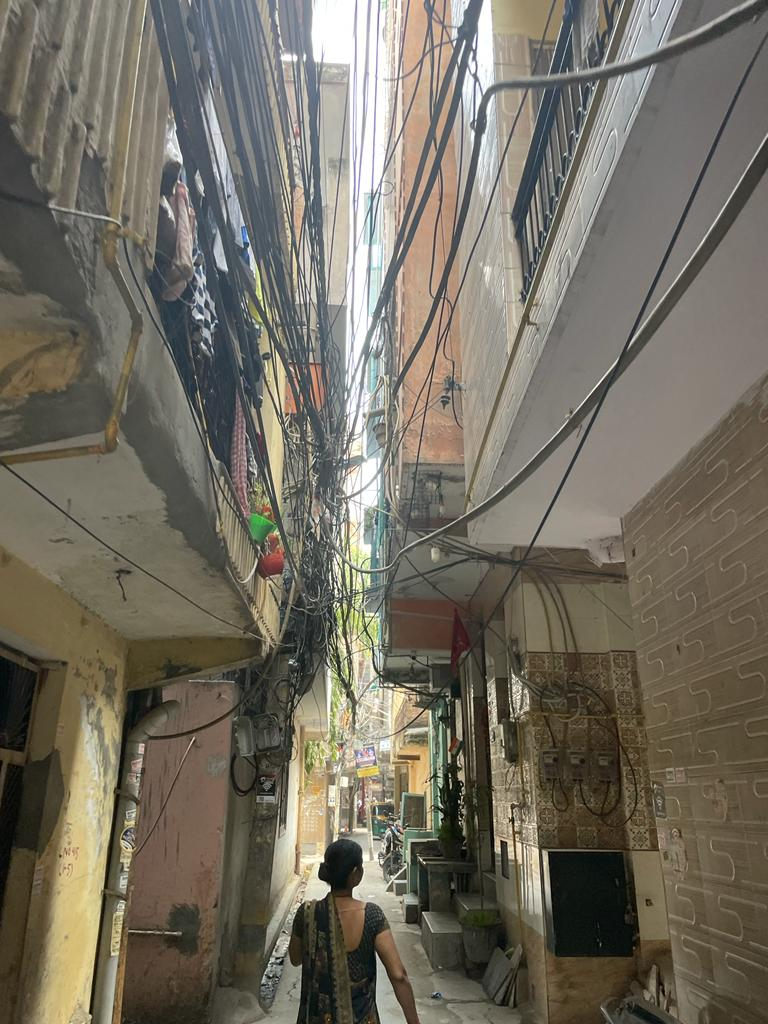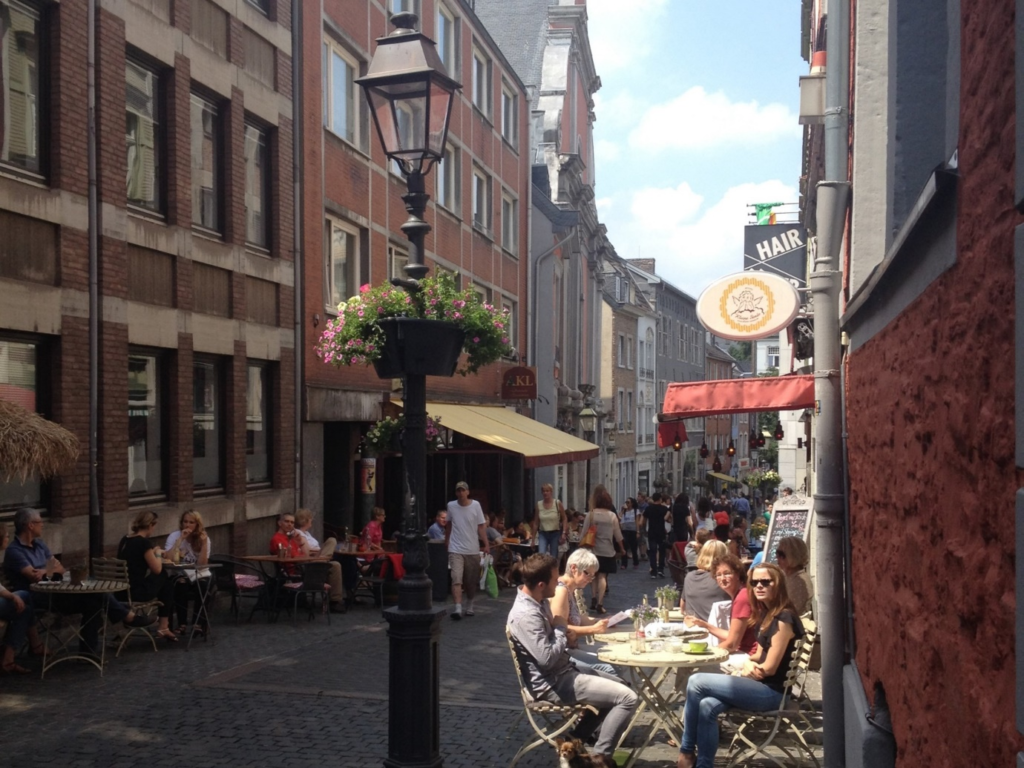City Know-hows

Target audience
Those responsible for managing green public space and parks, city government, directors of parks and recreation and green space advocates.
The problem
Current policy prioritizes time to walk to the park as a measure of access. We sought to investigate a more holistic model of park access that would promote equity.
What we did and why
We designed a survey tool based on a comprehensive theory of access. We then performed door to door administration of the survey in two historically disinvested communities bordering a large park in Baltimore City, Maryland USA, to determine factors associated with self-reported park use.
Our study’s contribution
We found that whilst time to walk to the park is an important metric, it is insufficient to describe the barriers to park use in urban communities.
Impacts for city policy and practice
Our finding shows that
Further information
Full research article:
Beyond proximity and towards equity: a multidimensional view of urban greenspace access by Daniel Hindman, Jessie Chien, Craig Pollack.
Related posts

A Brazilian study, in Sao Paulo, Brazil, showed important changes in built environments for physical activity, highlighting these chances across different regions of the city,

Assessing the urban environment is crucial for enhancing mental well-being. It is imperative to identify relevant indicators and establish a comprehensive framework to measure the impact effectively. This approach is essential for initiating strategic interventions aimed at improving mental health outcomes.

Urban design and planning, and associated policies, must enable and support a collective adaptation to climate change by responding to local needs. These needs can be identified through an urban comfort lens considering sociocultural preferences and needs which must inform urban design and planning practice.